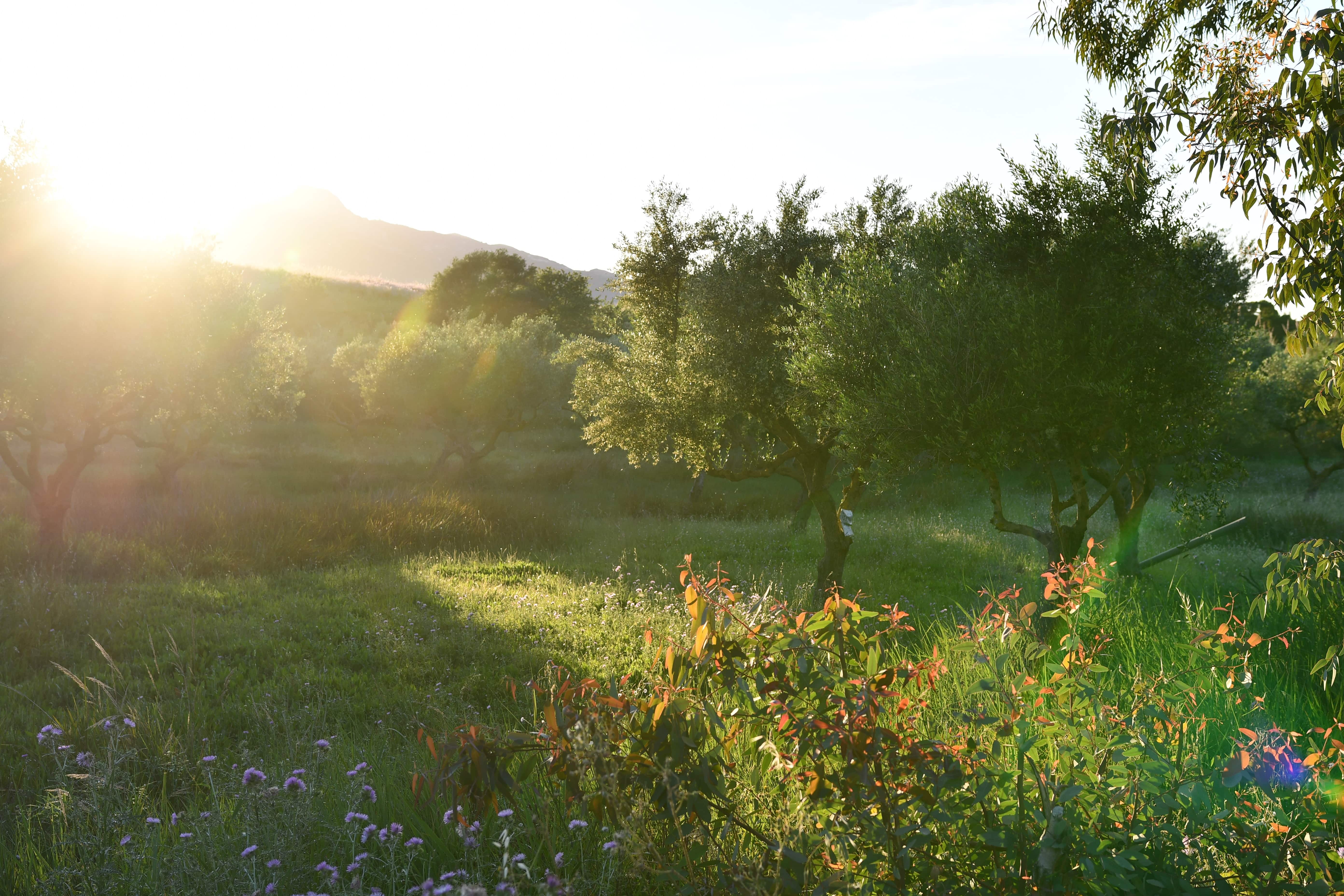
Stephan Bell, Achim Kunz, Lutz Damerow & Michael Blanke
Abstract
The objective of the present work was to study the effects of contamination on the reflective properties of groundcovers used for enhancing fruit colouration in the orchard. Contamination also affects longevity and possible sustainable re-use of materials. A white, woven textile (polypropylene Lumilys™) and silver aluminium foil were experimentally contaminated with soil, similar to the situation after an autumn storm in a fruit orchard. Clean material served as control.
Using a spectrophotometer (StellarNet; Tampa, FL, USA), vertically directed (0°) and diffuse (45°) light reflection in the range of 500–850 nm was compared from clean and contaminated groundcover in the laboratory. Reflection from vertically directed aluminium foil exceeded that of Lumilys™; however, the highest reflection in all spectral measurements was at 45° (diffuse) from the clean woven textile, i.e., in all directions, and exceeded that of aluminium foil. In contrast, the contaminated vertically directed (0°) aluminium foil reflected less light than the clear foil but, surprisingly, reflected much more light at 45° than the clean foil. Both materials showed reflection peaks at 625–640 nm; light spectra and peaks remained unchanged irrespective of soil contamination.
Light reflection in the visible range (PAR, 400–700 nm) was concomitantly measured in the field at CKA Klein-Altendorf near Bonn (50°N), Germany, at 0.5 m and 1 m height using a portable TRP‑3 light sensor (PP-Systems, Amesbury, MA, USA) on sunny and cloudy days at a solar angle of 49°. Surprisingly, in these field measurements, Lumilys and aluminium foil reflected most light in both directions (0° and 45°) when slightly to moderately contaminated. Only with heavy contamination did the reflection decrease. Both groundcovers reflected more light than the grass in alleyways of fruit orchards or open soil under the trees.
UV‑B reflection (280–315 nm) was examined in parallel in the field using an X1 optometer (Gigahertz Optik, Türkenfels, Deutschland), as it enhances anthocyanin biosynthesis and red fruit colouration in combination with PAR and low temperature. Straight (0°) UV‑B reflection from aluminium foil exceeded that from white woven textile (Lumilys™) on both clear and overcast autumn days. As expected, straight (0°) UV‑B reflection from aluminium foil decreased with soil contamination to a certain extent, but it unexpectedly increased from the woven textile with soil contamination.
Surface roughness in dependence of contamination was measured non-destructively by a profilometer type VR5200 (Keyence, Osaka, Japan). The roughness index, Sa, increased from 22 to 28 µm with soil contamination of the woven textile and from to 2 to 11 µm with aluminium foil, possibly explaining differences in the observed reflectivity.
Overall, the expected severe decline in light reflection (PAR and UV-B) was not seen. In contrast, light (2–3 g soil/m2) and moderate (4–12 g soil/m2) contamination improved light reflection of PAR (400–700 nm) and UV‑B (280–315 nm) by woven textile (Lumilys™) and aluminum foil. Thus, with slight contamination the materials can be reused, whereas severe contamination (24–51 g soil/m2) reduces light reflection.





